To celebrate the 20th anniversary of Vietnam Cultural Heritage Day, the Management Board of Hoan Kiem Lake and Hanoi Old Quarter is implementing a series of events from November 5 to December 15, 2025, thereby affirming the value of heritage and emphasizing the role of the community in preserving cultural heritage.
Cultural Heritage - a solid spiritual foundation for the community, an important driving force for socio-economic development
Since the beginning of history, mankind has formed and accumulated a treasure of spiritual and material values that reflect the development process of communities. These values, preserved over time and continuously passed down between generations, form cultural heritage. Cultural heritage is often identified in two aspects: Intangible heritage is folk knowledge, language, rituals, performing arts, customs, traditional crafts, etc. that exist in the memory and practice of the community; Tangible heritage is tangible creations such as architecture, relics, artifacts, landscapes bearing historical-cultural marks. If intangible heritage is the "living" part, constantly recreated through word of mouth, craft, and performance, then tangible heritage is the "remaining" part, marking the achievements of each cultural period.

Ma Nhai is a system of 78 documents in Chinese and Nom (Han Nom) characters, carved on cliffs and caves of the Ngu Hanh Son scenic spot in Da Nang city, recognized by UNESCO as a Documentary Heritage under the Memory of the World program for the Asia- Pacific region in 2023.
Vietnam is a country with a history and culture of thousands of years with a system of tangible and intangible cultural heritages that are extremely diverse, unique and rich in value. From tangible heritages such as historical-cultural relics, scenic spots, antiquities, national treasures to intangible forms such as festivals, folk songs, folk knowledge, traditional crafts, etc., each heritage is the crystallization of national identity that has been cultivated over thousands of years. Not only contributing to nurturing the spiritual life of the community, these heritages also open up important resources for sustainable tourism development and promoting cultural industries in the new period.
According to statistics, the country currently has more than 10,000 ranked relics, including over 3,600 national relics and about 130 special national relics, spread across all regions. At the same time, the system of intangible cultural heritage has also been systematically established; to date, more than 7,000 intangible heritages have been inventoried and over 500 heritages have been included in the National Intangible Cultural Heritage List.
Internationally, Vietnam has been recognized by UNESCO as having 9 world cultural and natural heritages, 16 representative intangible cultural heritages of humanity and 11 documentary heritages under the Memory of the World Programme. These numbers not only reflect the depth of history but also affirm the cultural position of Vietnam in the regional and global cultural space.
In addition to the system of relics and heritages, the national museum network with nearly 200 public and non-public museums, preserving more than 4 million artifacts, has become an important institution in heritage conservation and education. This is a valuable source of documents for historical and cultural research, and at the same time a "data bank" for contemporary creative activities.
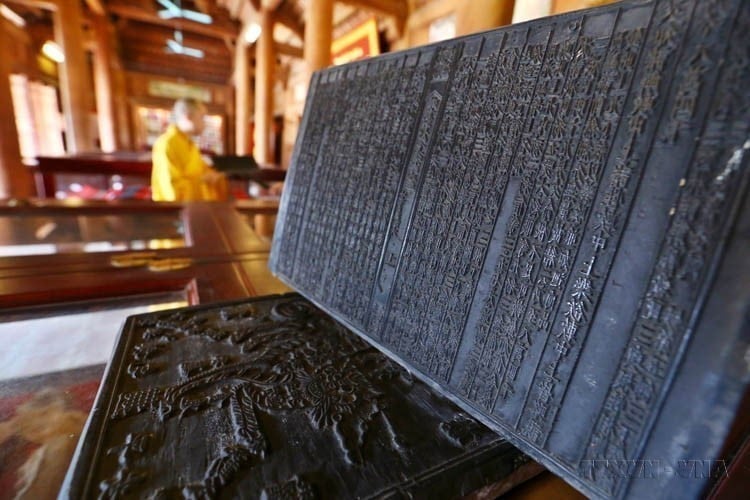
Vinh Nghiem Pagoda, which preserves and displays 3,050 Buddhist scripture woodblocks, was recognized by UNESCO as a documentary heritage of the Asia-Pacific Memory of the World Program in May 2012.
Not only does it preserve memories, cultural heritage also creates a solid spiritual foundation for the community, fosters love for the homeland, the connection between generations and national pride. Traditional festivals, folk songs, folk knowledge or ancient architecture not only tell stories of the past but also contribute to shaping Vietnamese identity in modern life.
In terms of economics, heritage has become an important resource for tourism. Data from 2016-2019 shows that the number of visitors to heritage sites has continuously increased, from 14.3 million in 2016 to 18.2 million in 2019, resulting in revenue from entrance tickets and services increasing from about VND 1,776 billion to VND 2,322 billion. Despite being affected by the COVID-19 pandemic, the heritage tourism industry is recovering quickly and continues to make a major contribution to the goal of developing sustainable tourism and cultural industries.
These statistics show that cultural heritage is not only "evidence" of history, but is becoming an endogenous resource, both shaping cultural identity and creating momentum for socio-economic development. This explains why the protection and promotion of heritage values are increasingly placed at the center of the country's development strategies.
Continue to preserve and promote the value of cultural heritage
Promoting the value of cultural heritage not only requires attention to conservation but also strategic orientations to effectively exploit these spiritual and material resources.
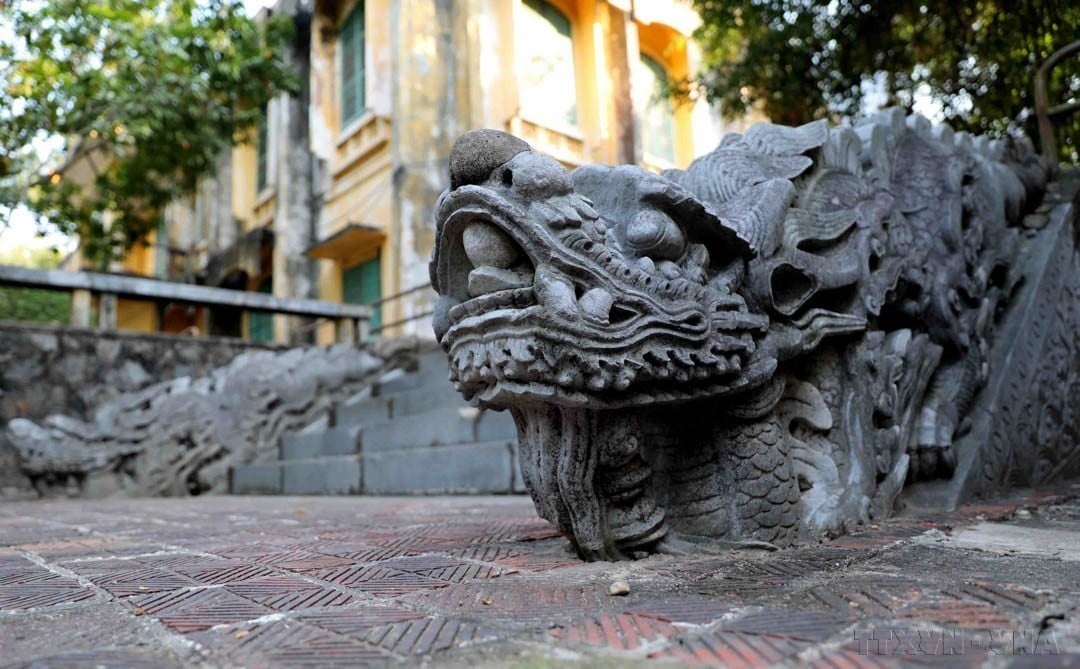
The Kinh Thien Palace steps, from the Later Le Dynasty, are an original, unique artifact associated with the Kinh Thien Palace relic - a particularly important relic of the World Cultural Heritage Site of the Central Area of the Imperial Citadel of Thang Long - Hanoi.
Realizing the importance of cultural heritage, since the early days of the independent State of Vietnam, the Party and the State have had systematic instructions. Immediately after the August Revolution in 1945, President Ho Chi Minh signed Decree No. 65/SL, "Setting the tasks of the Oriental Archaeological Academy", affirming that the preservation of ancient relics is "a very important and necessary task for the construction of Vietnam". This idea not only expressed early views on the value of heritage but also laid the foundation for the legal system and policies to protect national culture later.
In recent years, the legal work on cultural heritage has continued to be strengthened. In 2001, the Law on Cultural Heritage was issued, which is the legal basis to strengthen the effectiveness of State management on the protection and promotion of cultural heritage values in order to improve the spiritual life of the people, contributing to the socio-economic development of the country.
On November 23, 2024, the 8th Session of the 15th National Assembly passed the Law on Cultural Heritage (amended). The Law takes effect from July 1, 2025, marking an important step forward when it first introduces concepts such as: intangible cultural heritage artisans, outlining the responsibilities and rights of communities, organizations and individuals participating in the protection and promotion of heritage. The Law also clarifies the mechanism of socialization, public-private partnership, application of technology in heritage management and digitization, and strengthens sanctions against acts of heritage infringement. This is an important step to ensure that tangible and intangible cultural values are not only preserved but also continue to be developed and exploited sustainably.
Along with that, many localities, especially those with heritage, have proactively promoted the role of the community, artisans, cultural clubs and businesses. In provinces and cities, the restoration and embellishment of relics is not only carried out by the state budget but also mobilizes socialized resources from businesses, charity funds and international organizations. Artisans - those who hold traditional skills - play a central role in preserving and teaching the craft, and at the same time participate in performing activities and cultural experiences to bring heritage closer to the public, especially the younger generation. Initiatives such as souvenir making classes, handicraft experiences, folk music and traditional musical instrument performances, etc. both preserve values and create income and economic opportunities for the community.
In addition, the current development orientation also focuses on digitalization and technology application. The program to digitize Vietnam's cultural heritage in the 2021-2030 period aims to standardize and centralize data on relics, artifacts, documents, and intangible heritage. Many museums and research institutes have formed digital databases, digitized images, audio tapes, videos, scientific reports, and valuable artifacts. This not only serves management, research, and education, but also opens up opportunities to develop virtual tourism and online experiences, contributing to promoting Vietnamese culture internationally.
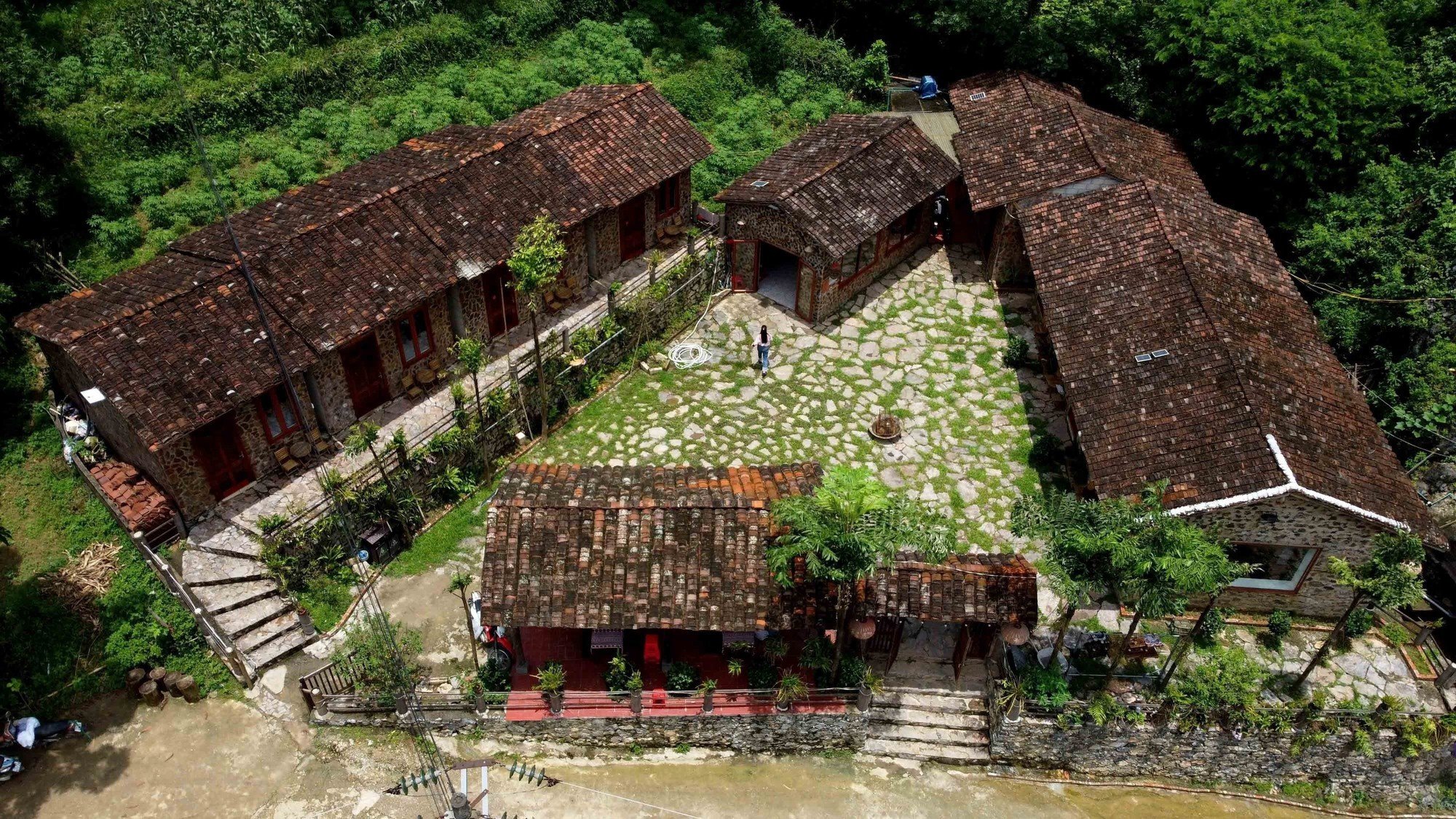
Preserving and promoting the cultural values and traditional architecture of the Tay, Nung, Mong, Lo Lo ethnic groups... in the villages along the border of Cao Bang province, has formed a model of community tourism villages, helping Cao Bang become a destination for domestic and international tourists. In the photo: Houses roofed with yin-yang tiles create a unique feature of the ancient stone village of Khuoi Ky (Trung Khanh).
Internationally, Vietnam is one of the countries that has made active contributions to the conservation of world cultural heritage. Vietnam has twice assumed the role of a member of the World Heritage Committee - the key executive body of UNESCO on culture; chaired many important international events in the field of heritage such as: UNESCO Policy Experts Conference on World Heritage and Sustainable Development (2015), International Conference on Conservation and Development of Urban Heritage (2017), International Workshop "World Heritage and Sustainable Development in the New Context" (2018), Celebrating the 50th Anniversary of the World Heritage Convention (2022), International Conference on Promoting UNESCO Titles for Sustainable Development in Vietnam (2023). These contributions affirm Vietnam's position on the global heritage "map" and create important motivation for the country to continue protecting and promoting heritage values.
These efforts reflect a comprehensive strategy: combining legal policies, local initiatives, community strength, artisan participation and technology application. When properly protected, promoted and exploited, cultural heritage is not only a witness to history, but also an important endogenous resource, contributing to the building of an advanced Vietnamese culture, imbued with national identity and a driving force for sustainable socio-economic development in the period of international integration.
Since 2005, November 23 has been designated by the Prime Minister as "Vietnam Cultural Heritage Day". Over the past 20 years, Vietnam Cultural Heritage Day has contributed to raising awareness of heritage values, arousing national pride, promoting the protection and promotion of cultural values, and mobilizing the active participation of the whole society in heritage preservation.

UNESCO officially listed the Heritage "Then Practice of the Tay, Nung, and Thai People in Vietnam" on the Representative List of Intangible Cultural Heritage of Humanity in December 2019, once again affirming the world's appreciation for the rich cultural treasure of the Vietnamese ethnic community.
On the occasion of the 20th anniversary of Vietnam Cultural Heritage Day (November 23, 2005 - November 23, 2025), many meaningful activities were organized. In Hanoi, the Management Board of Hoan Kiem Lake and Hanoi Old Quarter launched a series of events from November 15 to December 15, 2025, including a ceremony to honor 30 years of the heritage value of Hanoi Ao Dai, an exhibition of famous physician Hai Thuong Lan Ong, a medicinal tea experience, the project "Kim Ngan Communal House Storytelling Space" with publications applying traditional motifs, the program "Old Town Music Stories" introducing the quintessence of Vietnamese classical music, and many activities to experience making souvenirs from silk, wood, and do paper. The series of events not only honors heritage values but also affirms the proactive and creative role of the community in preserving culture and promoting the image of Hanoi to international friends.
Source: https://baolaocai.vn/di-san-van-hoa-viet-nam-nen-tang-cho-su-phat-trien-ben-vung-cua-dat-nuoc-post887393.html






![[Photo] Next to the "mountain of trash" after the flood, Tuy Hoa residents strive to rebuild their lives](/_next/image?url=https%3A%2F%2Fvphoto.vietnam.vn%2Fthumb%2F1200x675%2Fvietnam%2Fresource%2FIMAGE%2F2025%2F11%2F24%2F1763951389752_image-1-jpg.webp&w=3840&q=75)



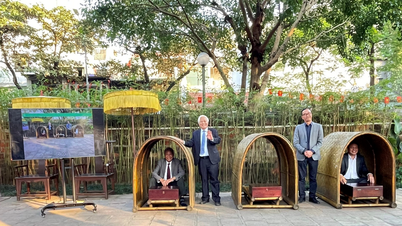

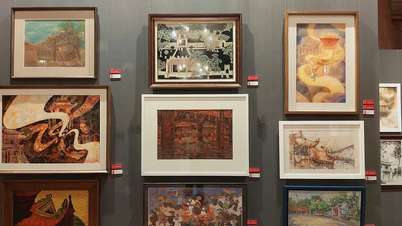

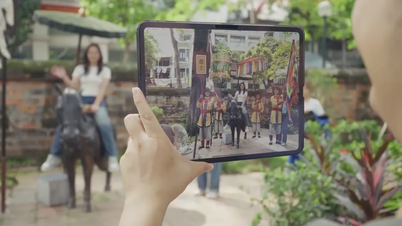


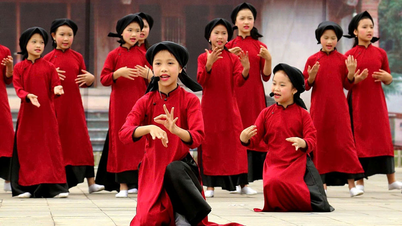

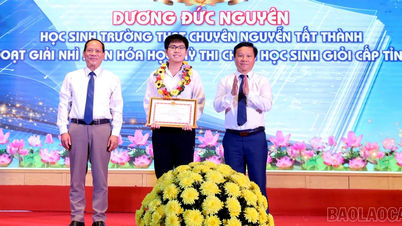

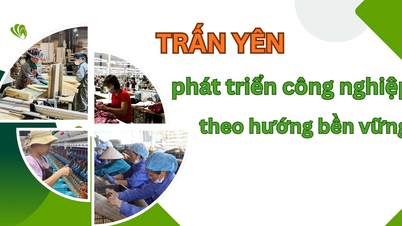


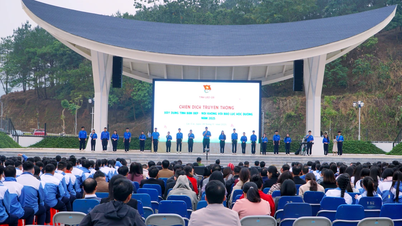
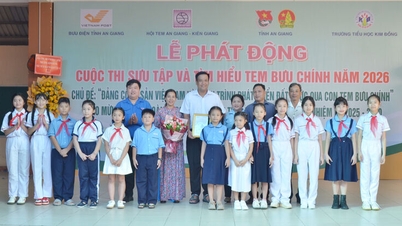





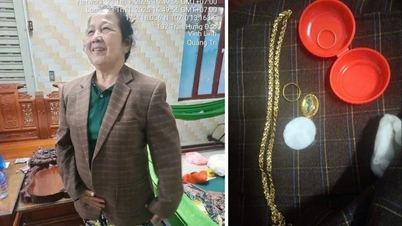


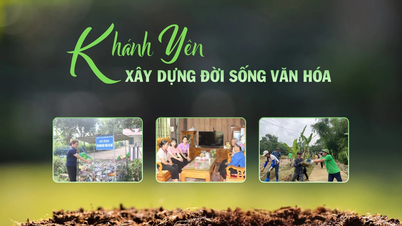

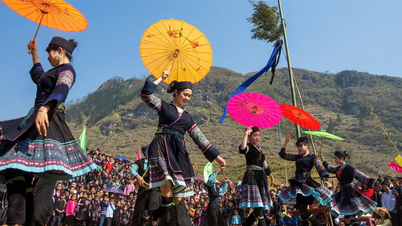




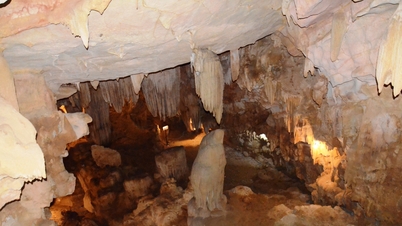


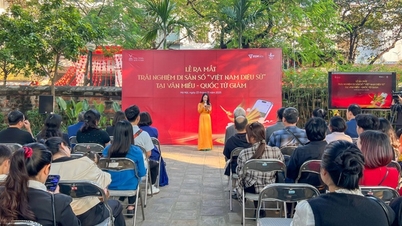



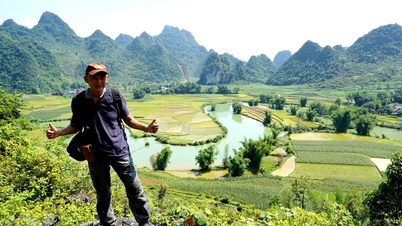

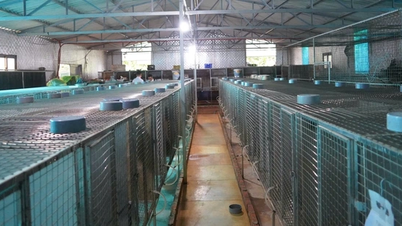




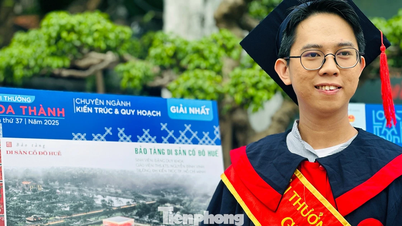




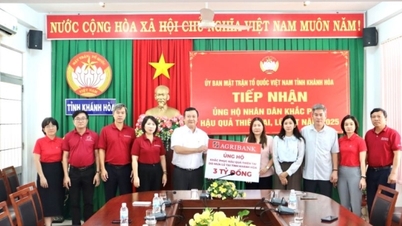














![[Photo] General Secretary To Lam attends the National Conference to review the Party's inspection, supervision and discipline enforcement work in 2025 and the 13th Congress term](https://vphoto.vietnam.vn/thumb/402x226/vietnam/resource/IMAGE/2025/11/24/1763967570884_anh-man-hinh-2025-11-24-luc-13-59-19.png)
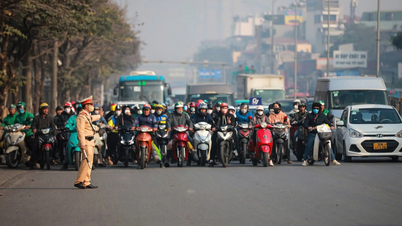

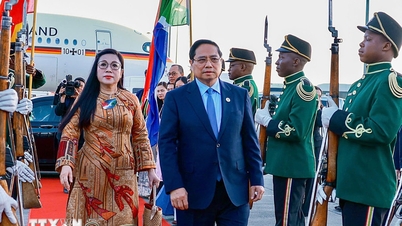





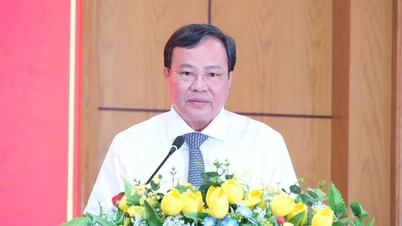



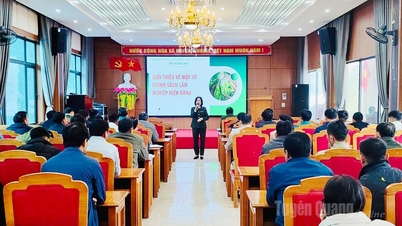




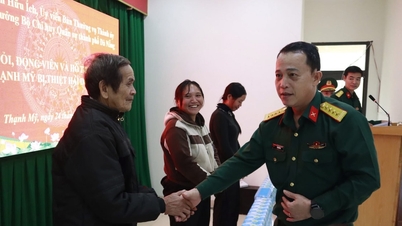
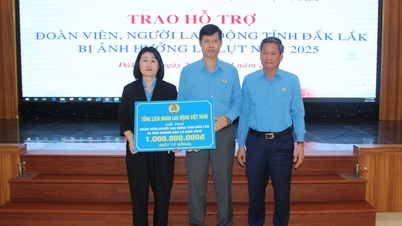












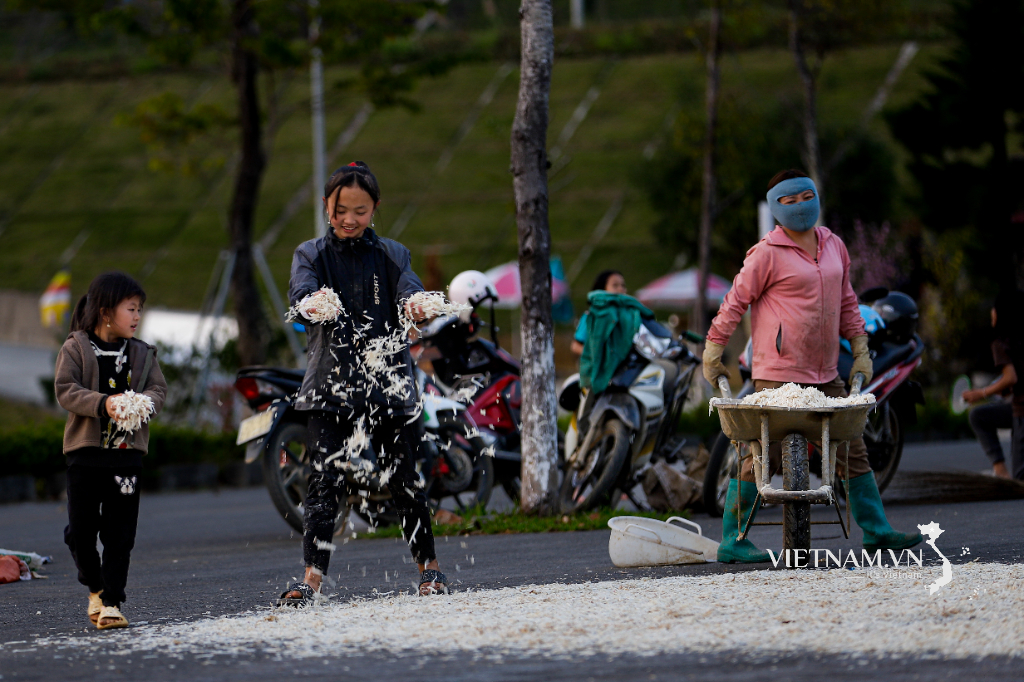

Comment (0)